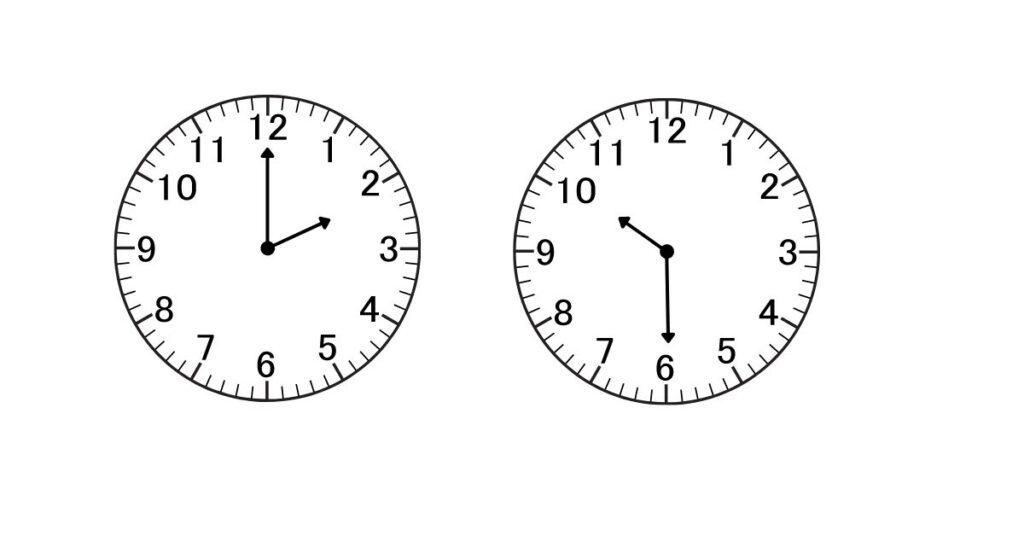Year 1 White Rose Overview
With thanks to Third Space Learning for this overview:
Topics covered in Year 1 White Rose Maths scheme of learning
Year 1 autumn term
- Place value (within 10)
- Addition and subtraction (within 10)
- Shape
Year 1 spring term
- Place value (within 20)
- Addition and subtraction (within 20)
- Place value (within 50)
- Length and height
- Mass and volume
Year 1 summer term
- Multiplication and division
- Fractions
- Position and direction
- Place value (within 100)
- Money
- Time
White Rose Maths Year 1 autumn term
In the autumn term, Year 1 focuses on place value (within 10), addition and subtraction (within 10) and shape.
Place value Year 1
Place value is taught as four separate blocks across the year, in year 1; with children working within 10 in the Autumn term, within 20 and within 50 in the spring term and within 100 in the summer term.
Place value(within 10) Year 1
This first place value block is the longest of the four place value blocks, spanning five weeks. At this stage, pupils learn to sort, count and represent objects; recognise numbers as words; count on and backwards within 10 and find 1 more /1 less. Children also learn to compare and order numbers and to use a number line
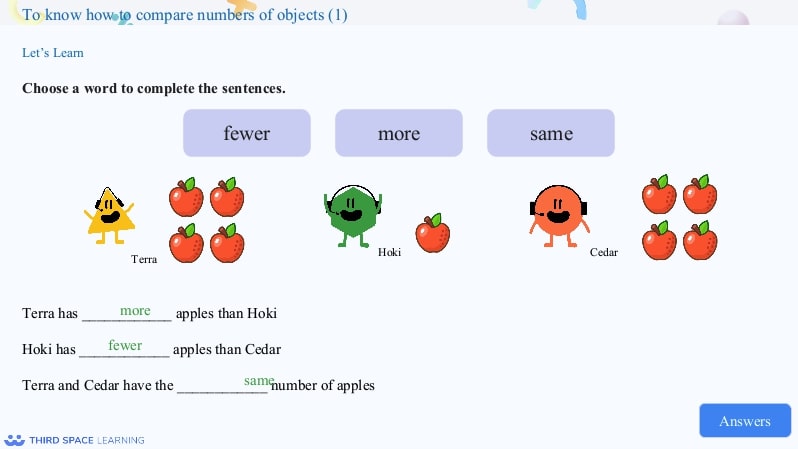
Pupils compare objects using the words ‘fewer’, ‘more’, and ‘the same’ .
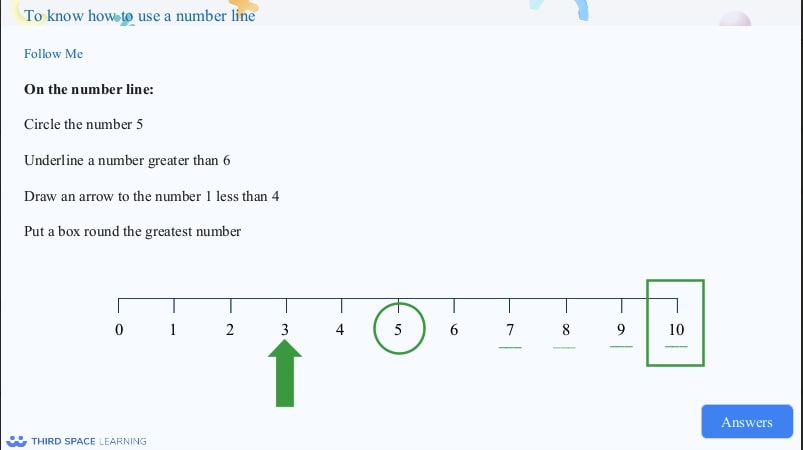
Pupils are introduced to number lines from 0 to 10.
Example year 1 place value (within 10) questions
1. How many apples are there?
(Can you put a tens frame here, with 7 apples?)
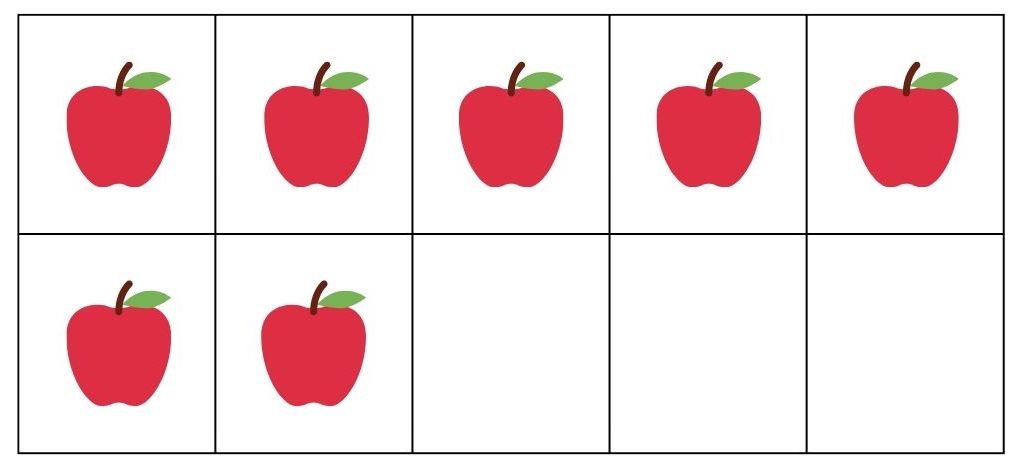
Answer: 7 apples
2. Circle 7 ladybirds.
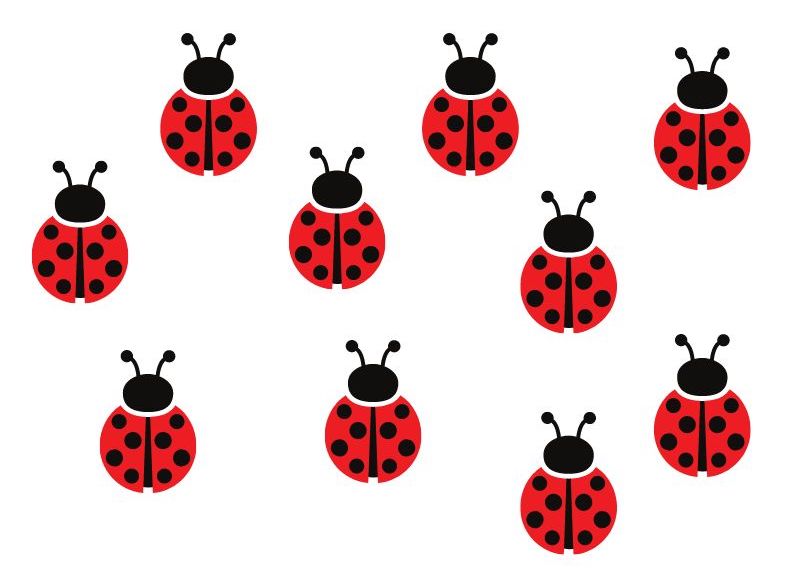
Answer: 7 ladybirds circled
Addition and subtraction Year 1
Addition and subtraction is another topic, which is split across several blocks. Children learn to add and subtract within 10 in the autumn term and progress to adding and subtracting within 20 in the spring term.
Addition and subtraction (within 10) Year 1
In this first addition and subtraction block, pupils use part-whole models to investigate parts and wholes. Children learn to write number sentences; identify fact families and to calculate number bonds to 10. They use a range of concrete resources and pictorial representations to support them when adding and subtracting.
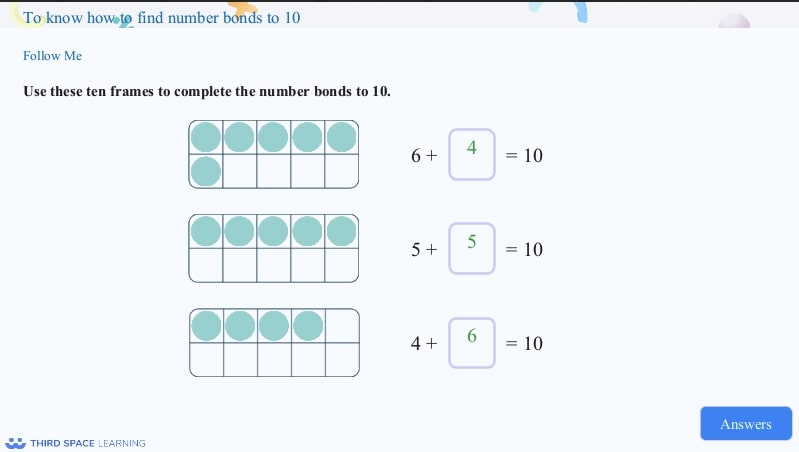
Pupils are encouraged to use concrete resources to find number bonds to 10.
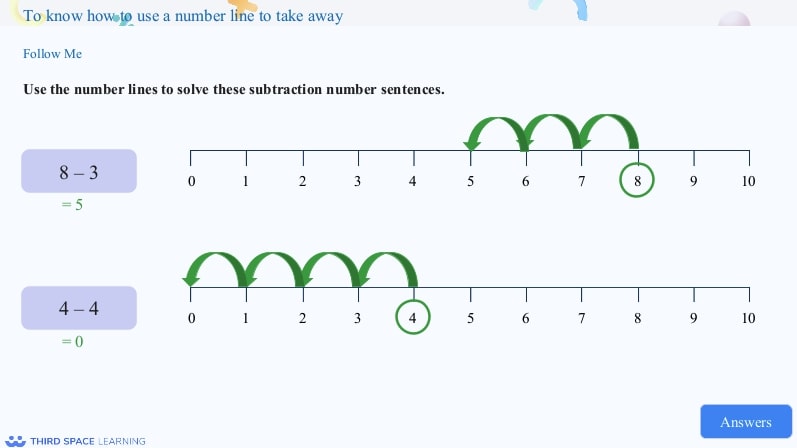
As pupils have used a 0 to 10 number line in the place
value within 10 block, they can then use number lines
to complete subtraction calculations.
Example year 1 addition and subtraction questions
1. How many counters are there altogether?
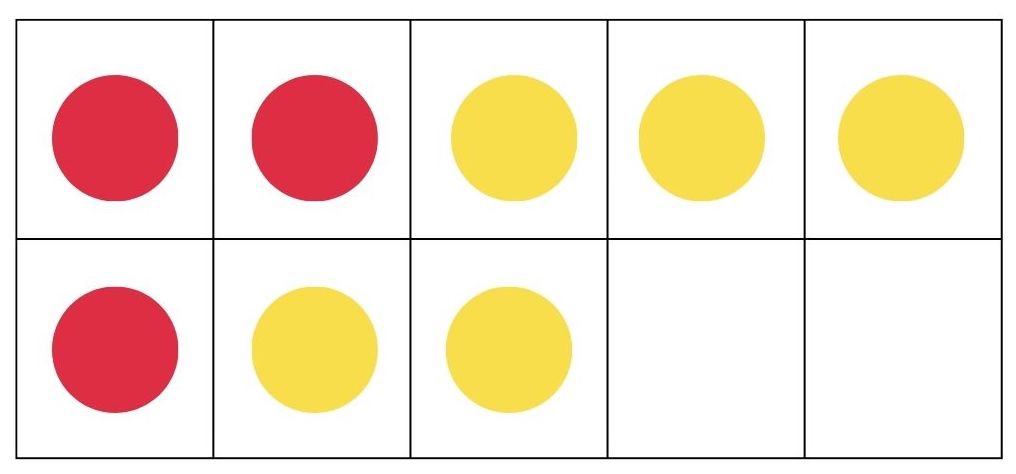
Answer: 8 counters
2. Ben had 10 sweets. He gave 4 to his sister. How many did he have left?
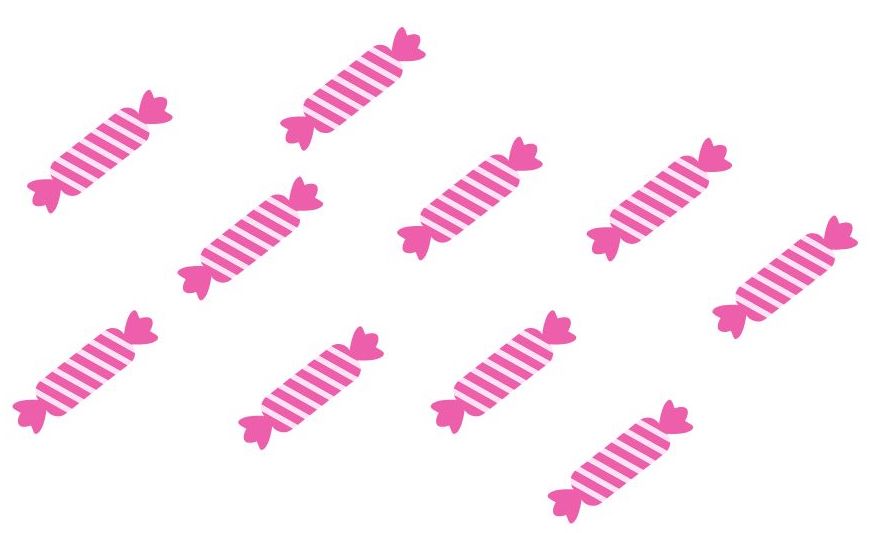
Answer: 6 sweets.
Shape Year 1
Pupils begin this block by recognising, naming and sorting 3D shapes. They move on to investigating 2D shapes and learn to make patterns using both 2D and 3D shapes.
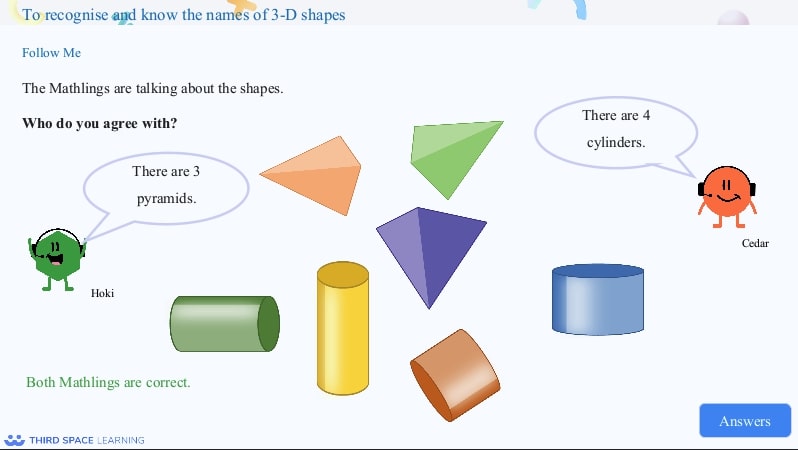
Pupils focus on naming 3-D shapes and identifying
them when they are shown in a range of orientations.
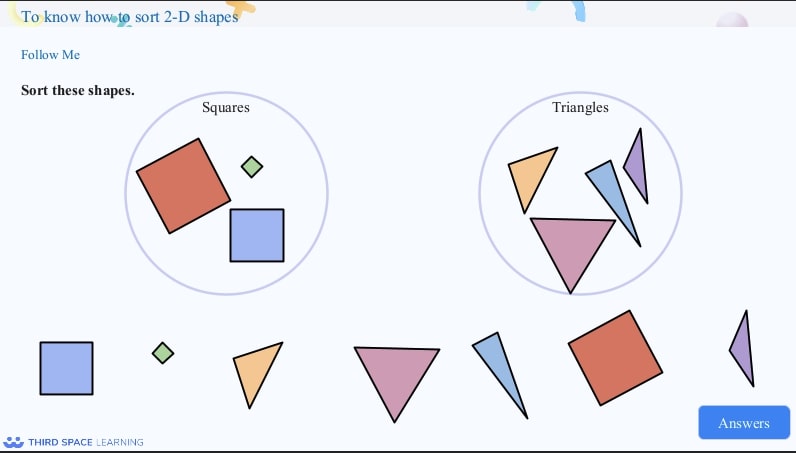
When pupils are confident in naming 2-D shapes,
they can sort them into groups using different
properties such as names of shapes, colours, size.
Example year 1 shape questions
1. Match the shape name to the shape.
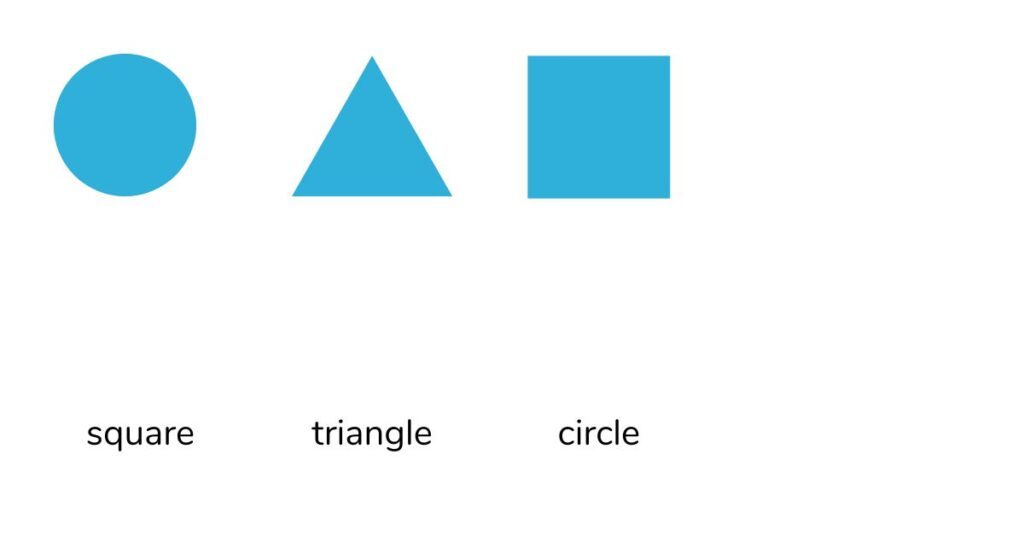
Answer: Shapes labelled
2. 2 shapes were used to make a pattern.
a) Can you draw the rest of the pattern?
b) Can you name the 2 shapes in the pattern?

Answer:

White Rose Maths Year 1 spring term
In the spring term, Year 1 focuses on place value (within 20), addition and subtraction (within 20), place value (within 50), length & height and mass & volume.
Place value within 20 Year 1
This second place value block is a shorter block than in the autumn term. Pupils count within 20 and continue to build on their understanding of 1 more and 1 less. They use a number line to 20 and learn to compare and order numbers to 20.
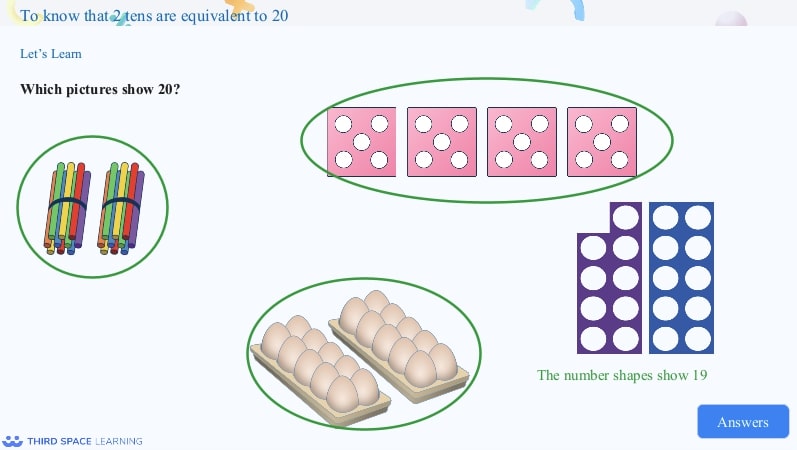
Pupils look at the numbers between 10 and 20,
including 20 itself. When looking at 20, pupils
learn to understand that 2 tens are equivalent to 20.

Pupils continue to use concrete resources to compare numbers within 20.
Example year 1 place value within 20 questions
1. Write down the number shown in the tens frame.
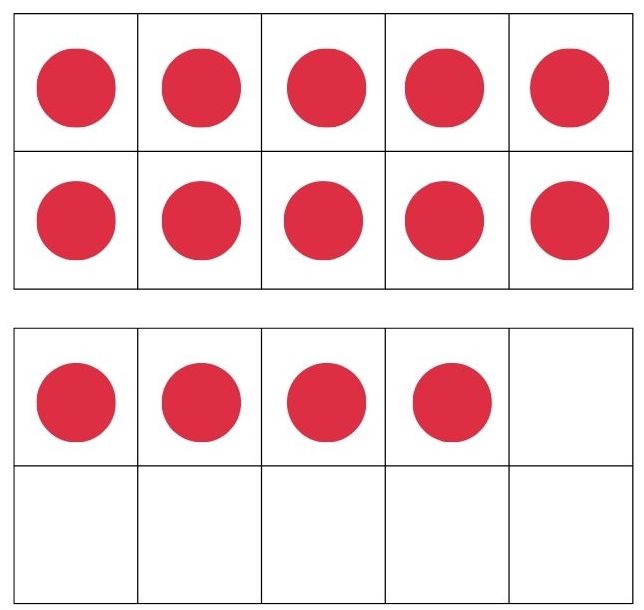
Answer: 14
2. What number is represented here?
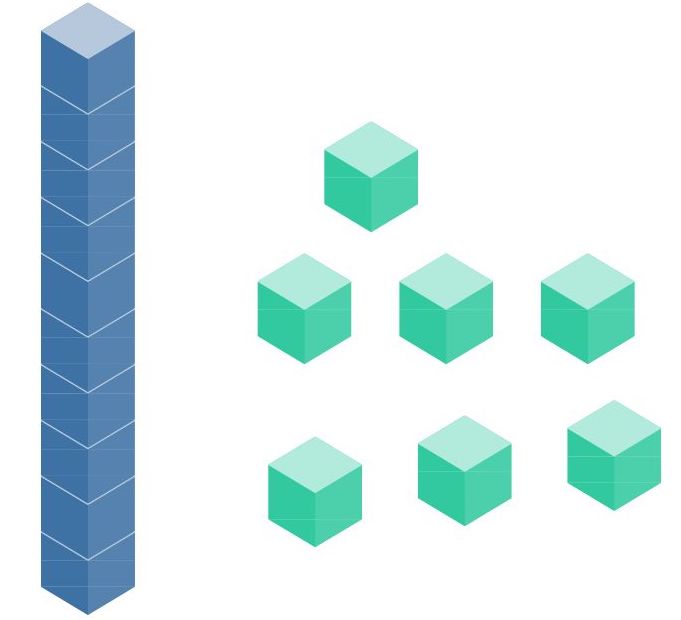
Answer: 17
Addition and subtraction (within 20) Year 1
In this second addition and subtraction block, pupils memorise and reason with number bonds to 20. They also investigate doubles and near doubles and learn to subtract using number bonds; counting back and finding the difference. Children also explore related facts and missing number problems.
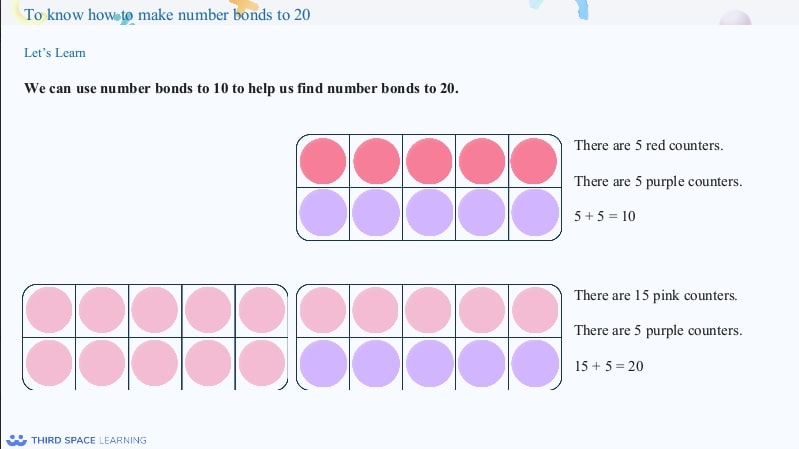
Pupils apply their understanding of number bonds to 10 to finding number bonds to 20.
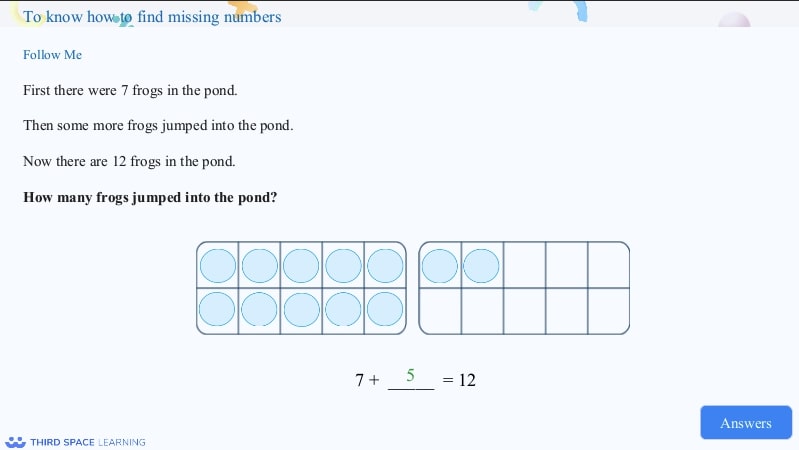
Pupils apply their knowledge of addition and subtraction to missing number problems.
Example year 1 addition and subtraction (within 20) questions
1. Use the tens frame to work out 8 + 7
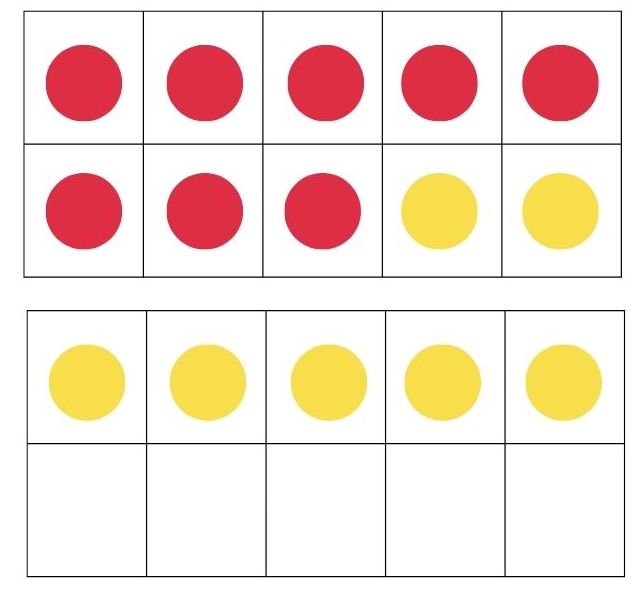
Answer: 15
2. What is 17 – 5?

Answer: 12
Place value (within 50) Year 1
In this third place value block, pupils count from 20 to 50, in ones and by making groups of ten. Children learn to partition numbers into tens and ones; estimate on a number line to 50 and continue to build on their understanding of one more and one less.
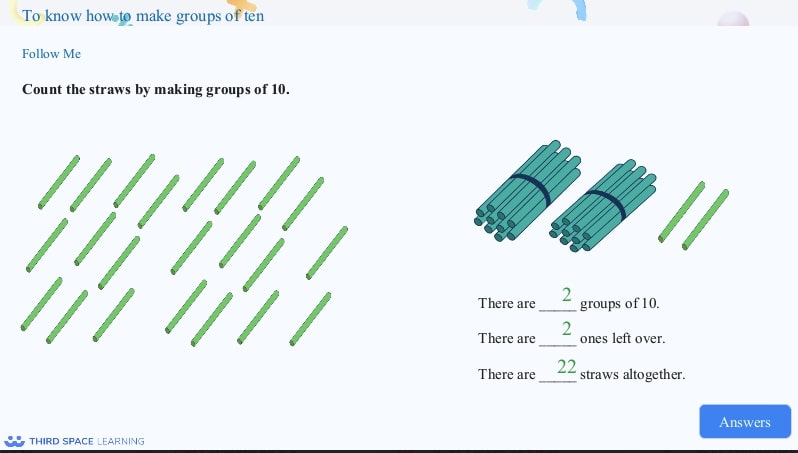
Pupils look at making groups of ten when counting to minimise counting errors.
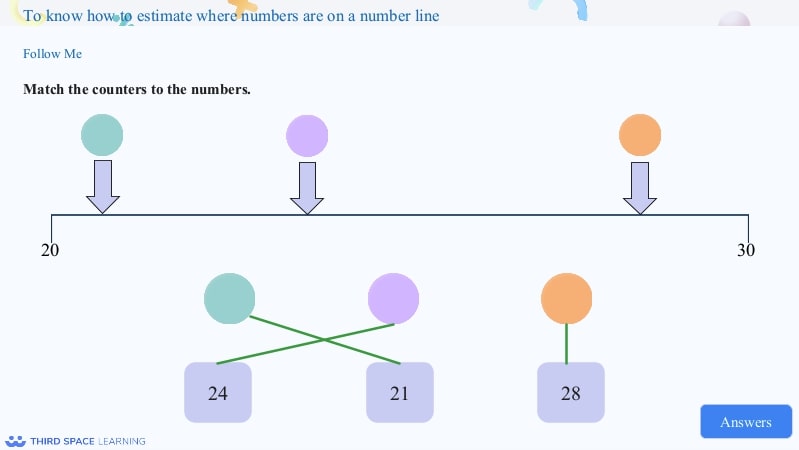
Pupils apply their understanding of the order of numbers to
estimating the position of numbers on a number line up to 50.
Example year 1 place value (within 50) questions
1. 64 = ____ tens and ____ ones
Answer: 6 tens and 4 ones
2. Fill in the missing numbers:
25, ___, 27, 28, ____, 30, ____
Answer: 25, 26, 27, 28, 29, 30, 31
Length and height Year 1
This is a short block, in which pupils learn to compare lengths and height. Children measure length using objects and are introduced to using rulers to measure length in centimetres.
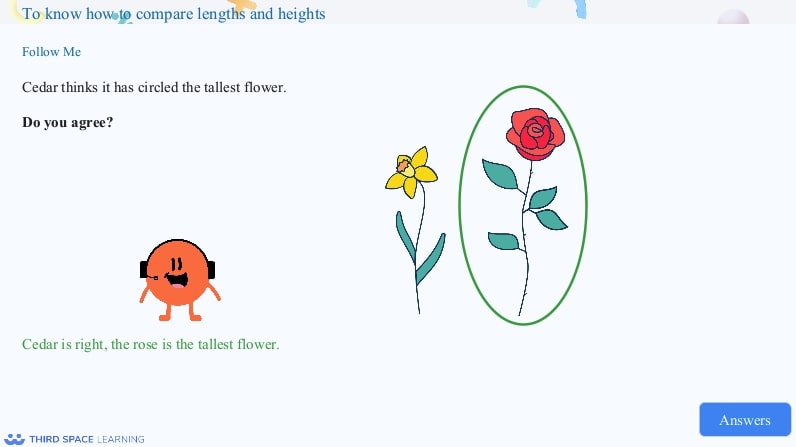
Pupils compare the lengths and heights of objects
using the words taller, shorter, longer, longest and shortest.
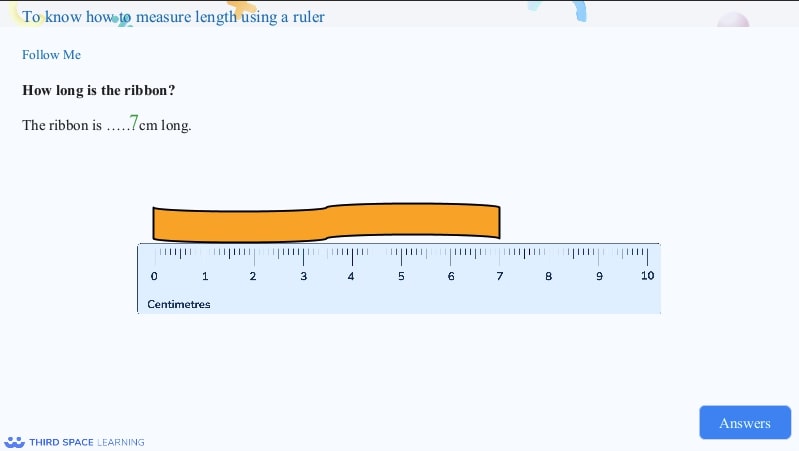
Pupils use rulers to measure in centimetres.
Example year 1 length and height questions
1. Which pencil is longer?
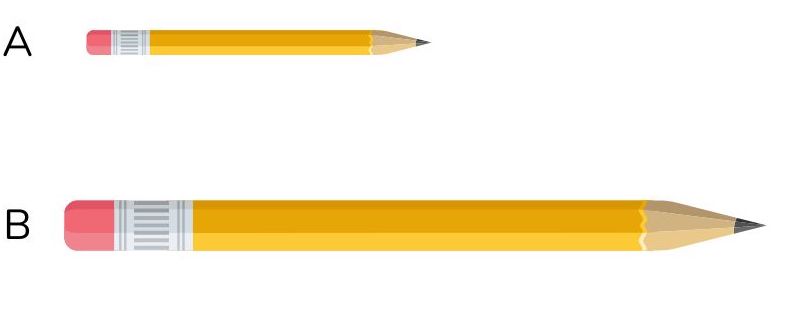
Answer: Pencil B is longer
2. Complete the sentence, so it is correct:
Line ____ is the shortest line.
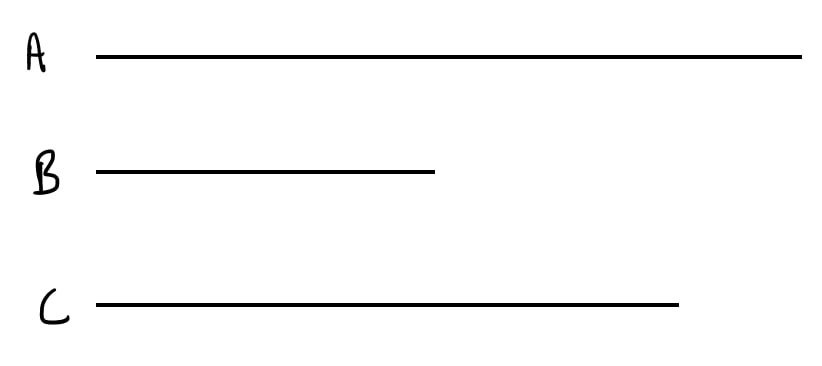
Answer: Line B is the shortest line
Mass and volume Year 1
In this block, pupils investigate the concepts of heavier / lighter and full / empty. Children also learn to measure and compare mass, volume and capacity.
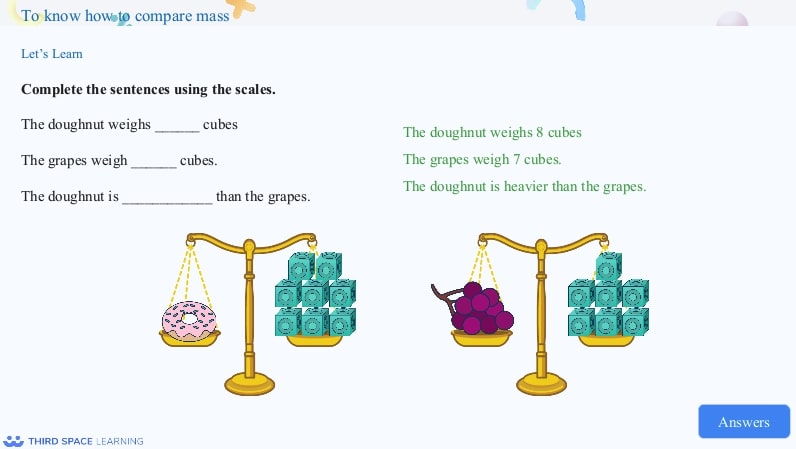
Pupils measure and compare masses using non-standard units of measure.
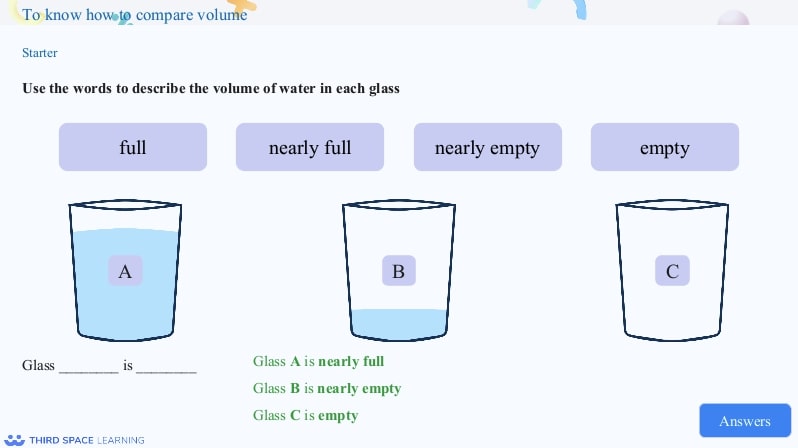
Pupils learn the difference between capacity and volume.
They compare the volumes of containers with the same capacity.
Example year 1 mass and volume questions
1. Which is heavier?
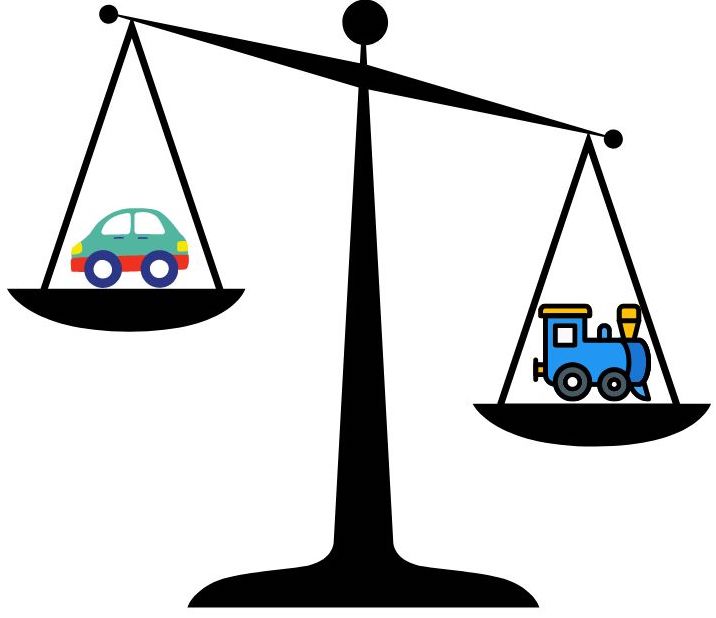
Answer: The train is heavier
2. Which container has less water?
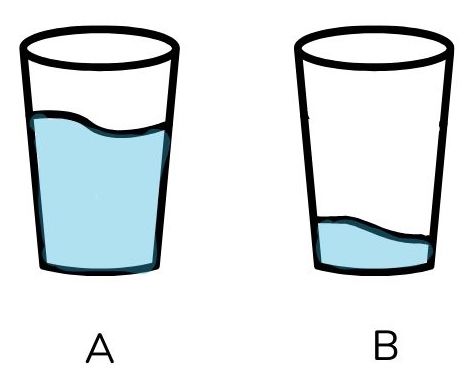
Answer: Container B has less water
White Rose Maths Year 1 summer term
In the summer term, Year 1 focuses on multiplication & division, fractions, position & direction, place value (within 100), money and time.
Multiplication and division Year 1
Pupils begin to understand times tables, multiplication and division, through grouping and sharing small quantities. They learn to count in 2s, 5s and 10s, followed by recognising and adding equal groups, and making arrays and doubles.
Example year 1 multiplication and division questions
1.
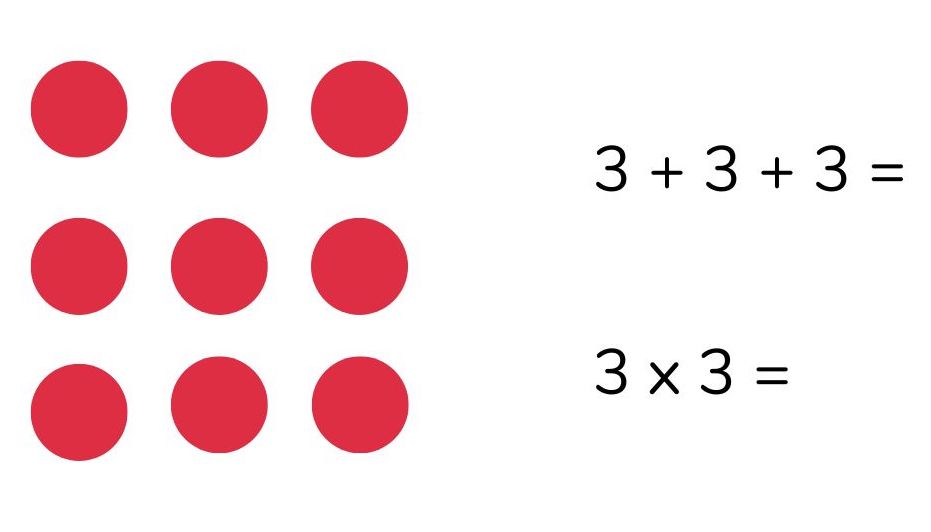
Answer:
3 + 3 + 3 = 9
3 x 3 = 9
2. Share between 4
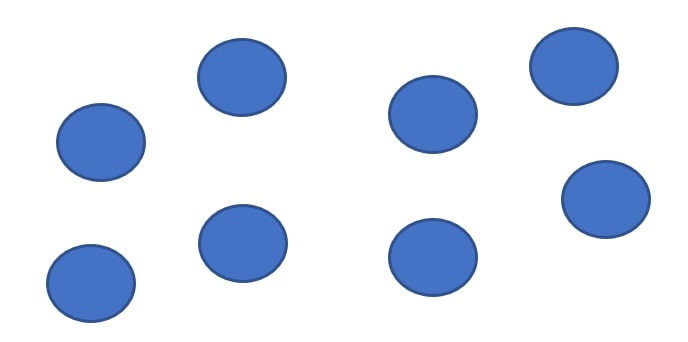
Answer:
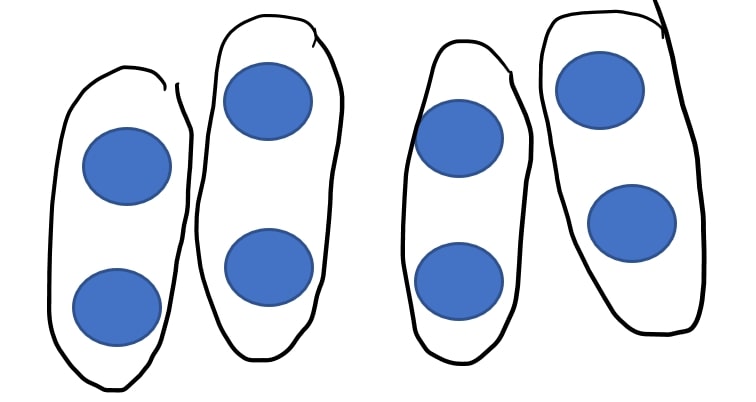
Fractions Year 1
In year 1, pupils are taught half and quarter as fractions, by solving problems using shapes, objects and quantities. Children use a range of practical resources and visual representations to help them understand the concept of fractions.
Example year 1 fractions questions
1.Shade in 1441 of this shape
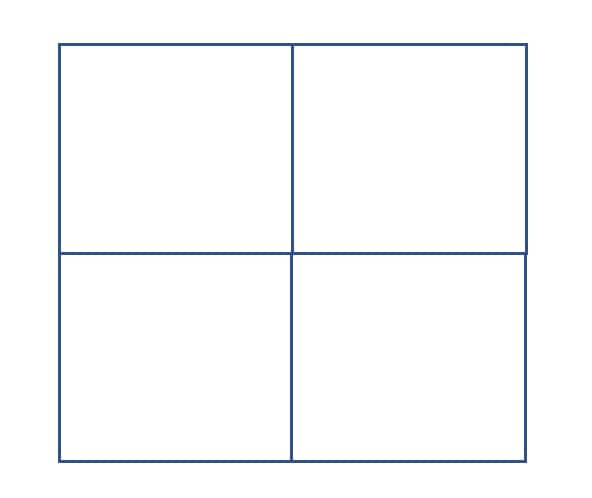
Answer:
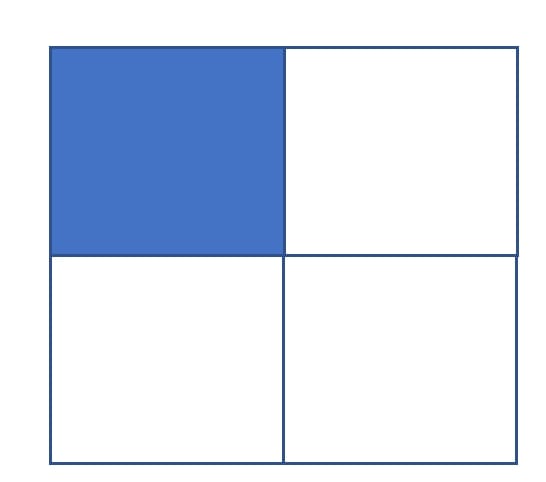
2. Put a ring round half the circles
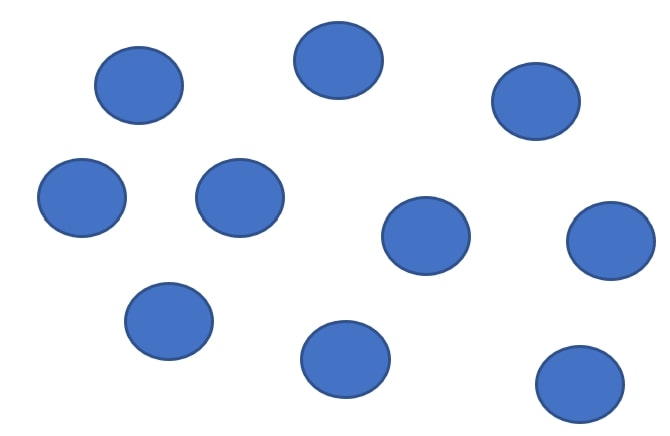
Answer: Ring round 5 circles
Position and direction Year 1
This is a short unit in year 1. Pupils use the language of position, direction and motion. They learn to describe turns and position, using left, right, forwards, backwards, above and below. Pupils also learn to make whole, half, quarter and three-quarter turns in both directions.
Example year 1 position and direction questions
- Move the triangle down then left
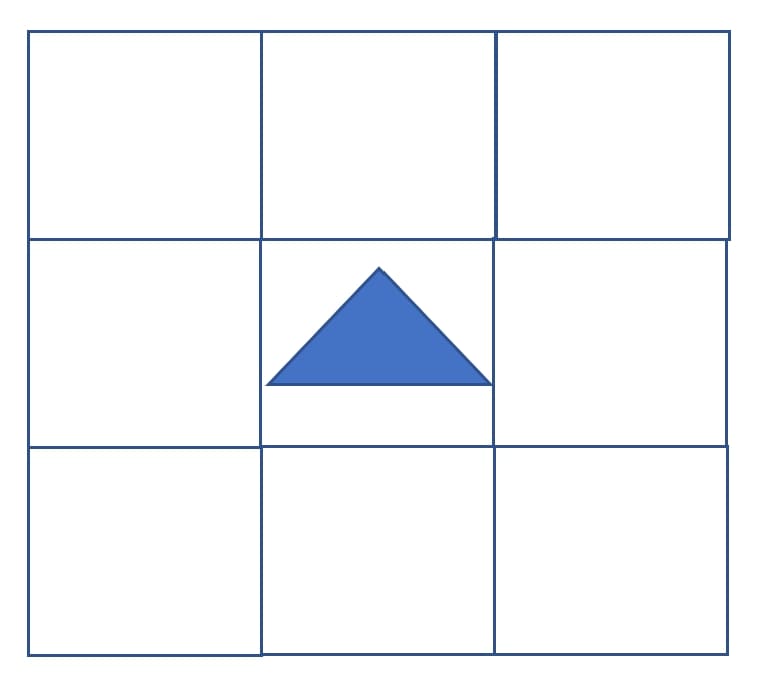
Answer:
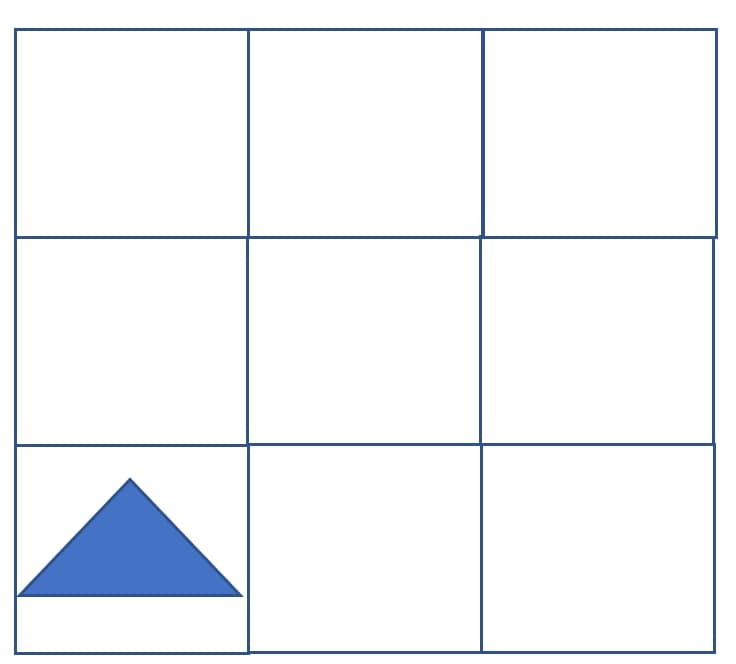
Place value (within 100) Year 1
In this final place value block of year 1, pupils count from 50 to 100 and use a number line to 100. They continue to build on their understanding of partitioning into tens and ones; finding one more and one less and their understanding of comparing numbers.
Example year 1 place value questions
1. What number is represented here?
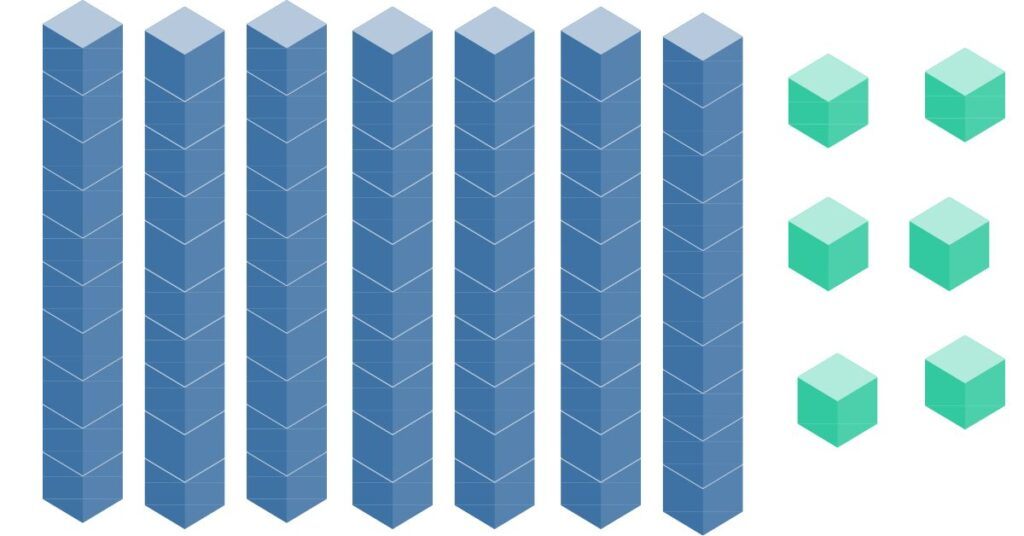
Answer: 76
2, How many tens and how many ones in the number 52?
Answer: 5 tens and 2 ones
Money Year 1
Money is a short unit in year 1. At this stage, pupils learn to recognise and know the value of different denominations of notes and coins.
Example year 1 money questions
1. How much money is shown?
a)
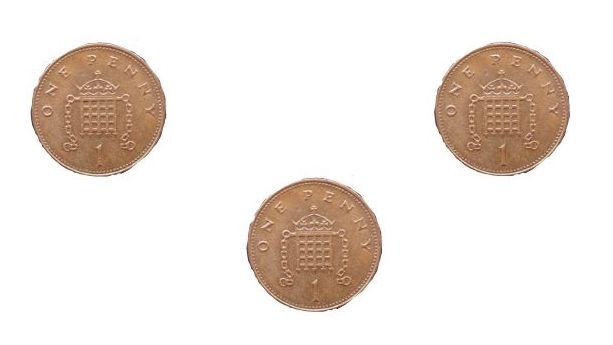
b)
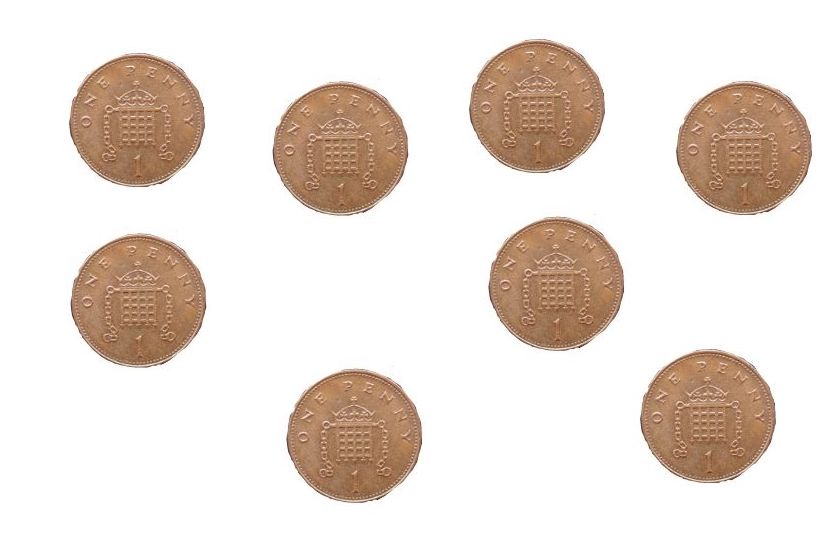
c)
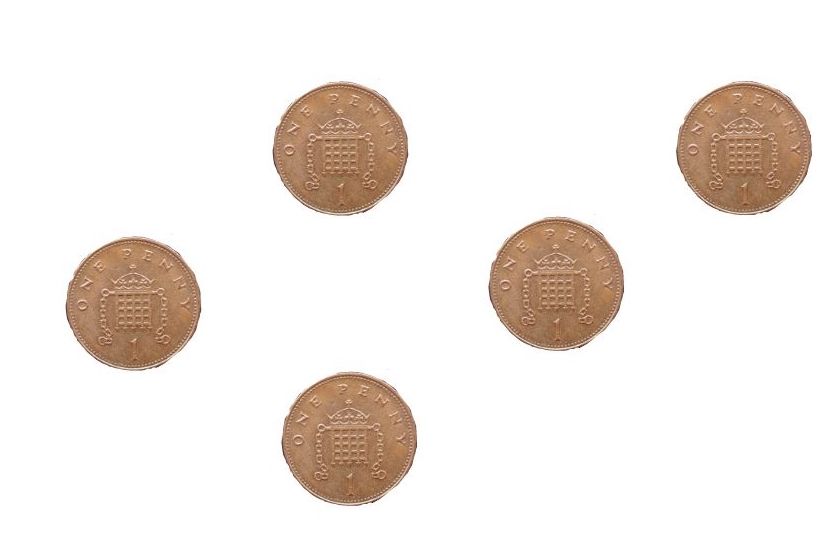
Answer:
a) 3p
b) 8p
c) 5p
2. Circle the group with the most money.
a)

b)

Answer: A has more money
Time Year 1
In year 1, pupils use the language of time. They learn the days of the week; months of the year; hours, minutes and seconds. Children are introduced to telling the time to the hour and to the half hour.
Example year 1 time questions
1. What time is each clock showing?
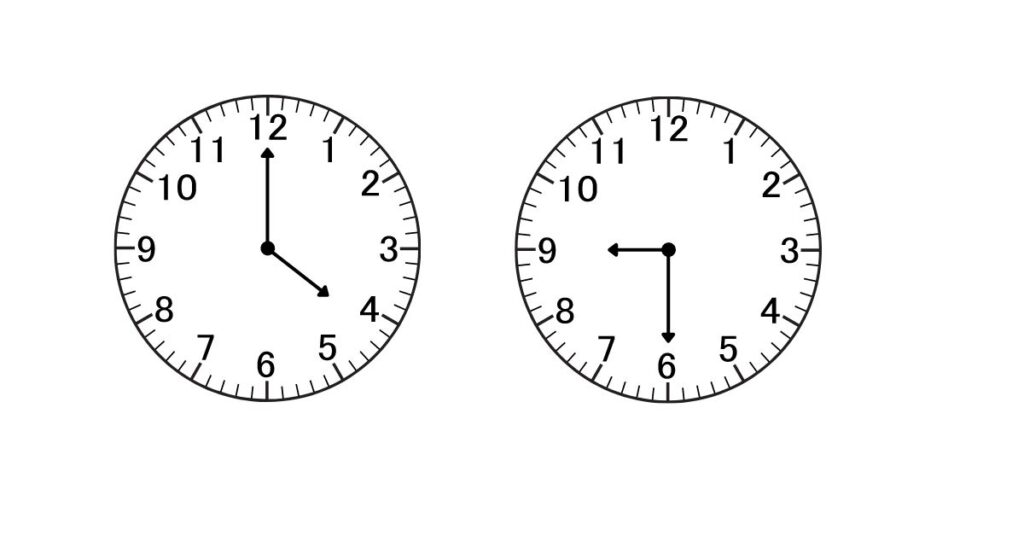
Answer: a) 4 o’clock and b) Half past 9
2. Draw the hands on each clock, to show the time.
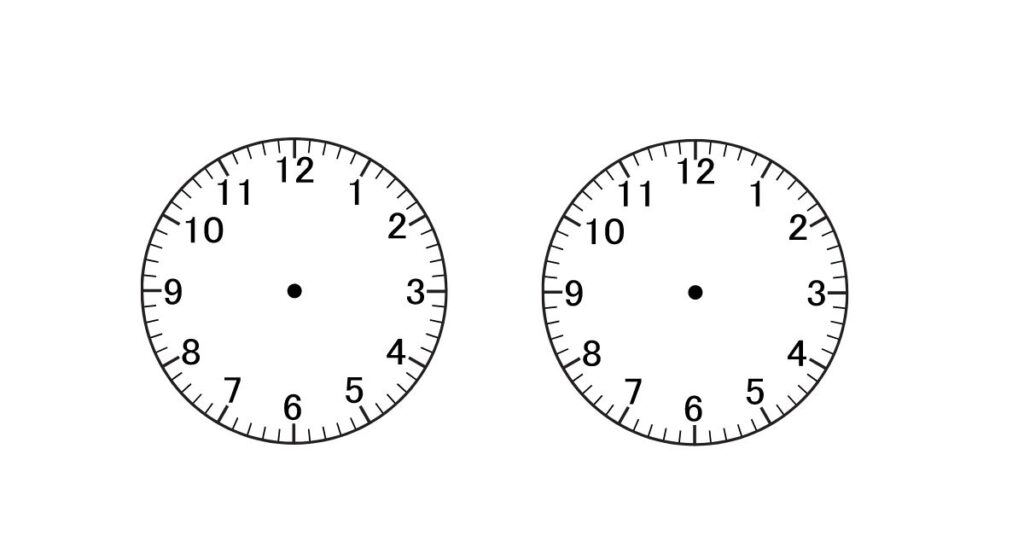
Answer:
